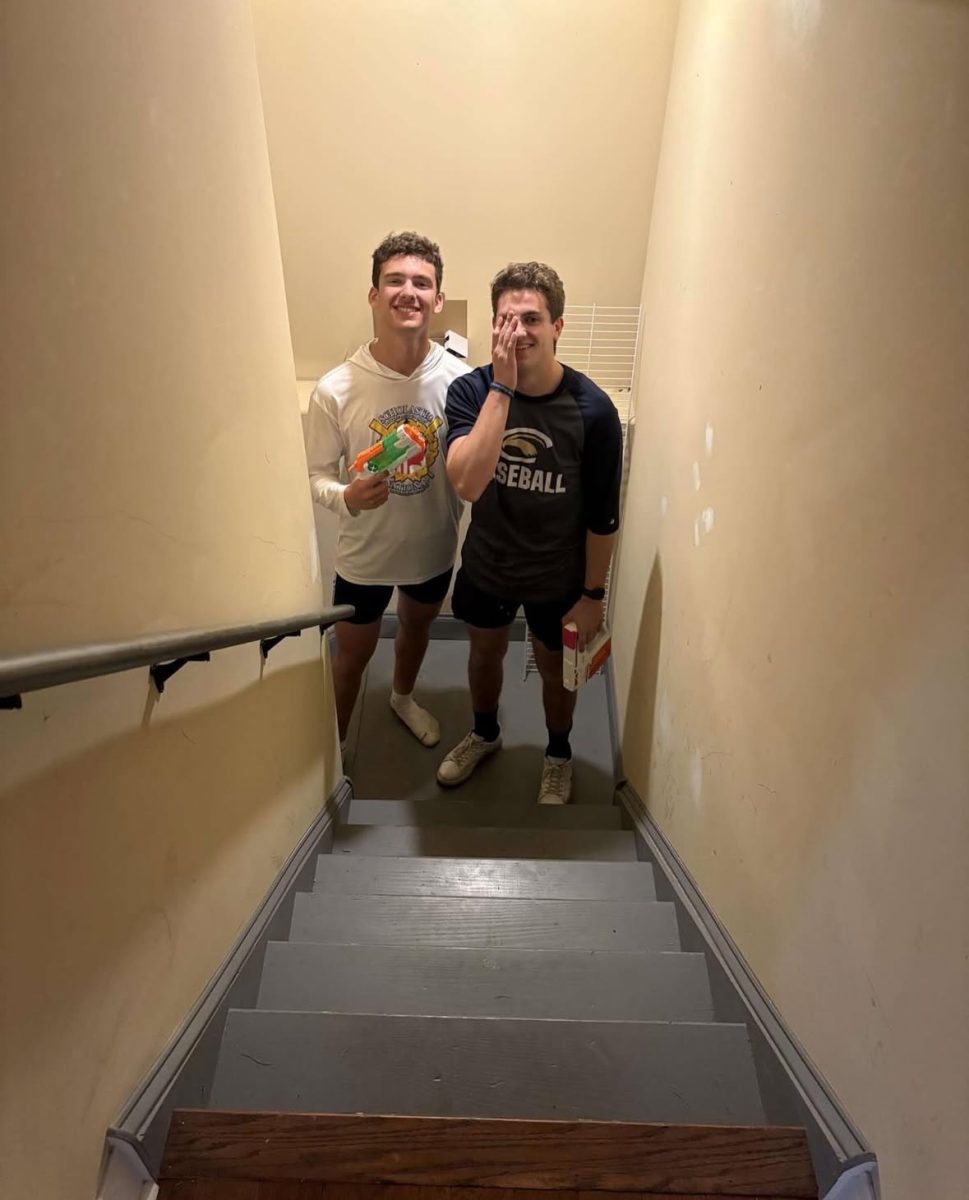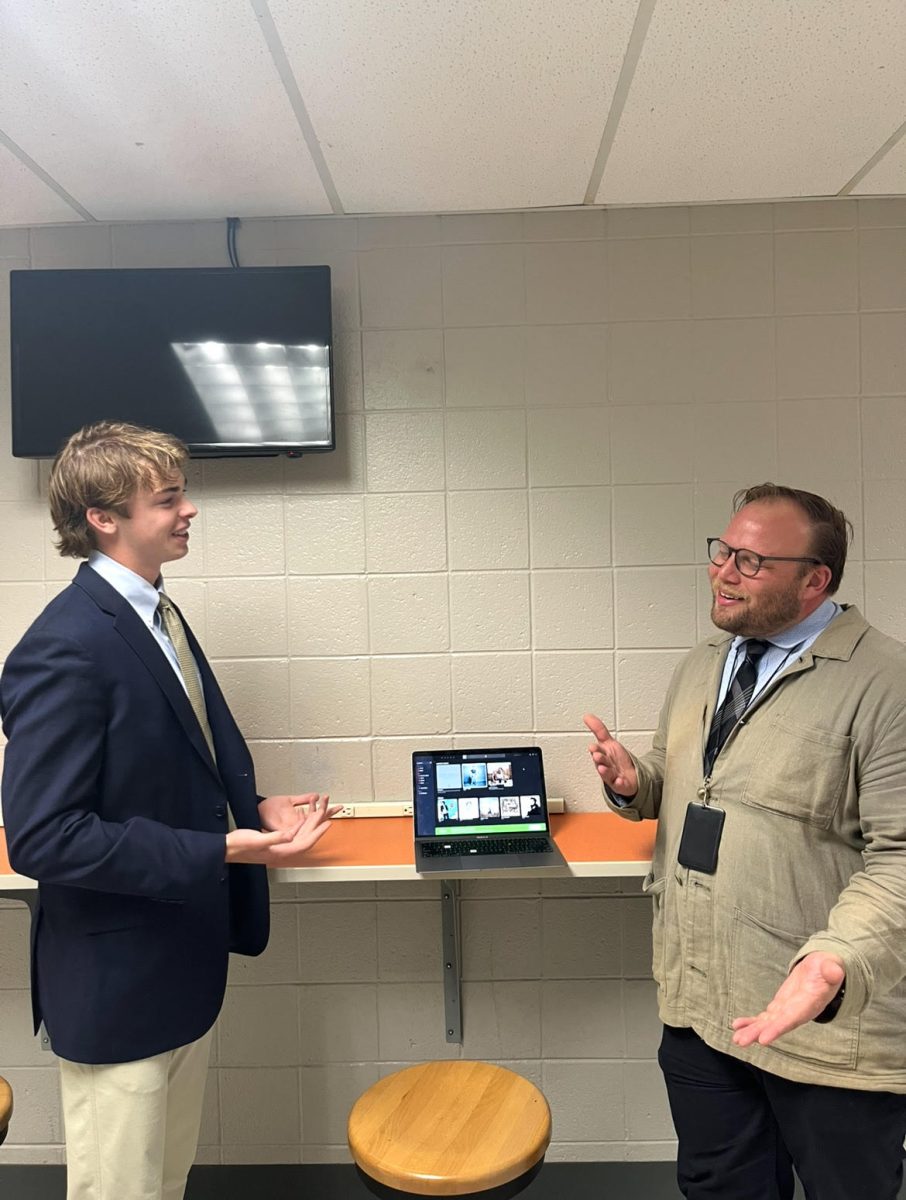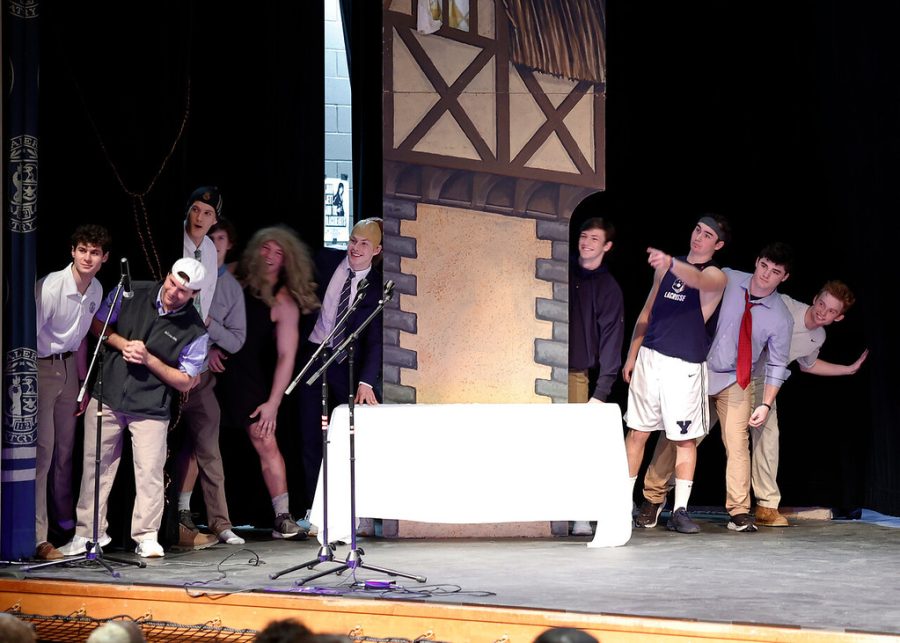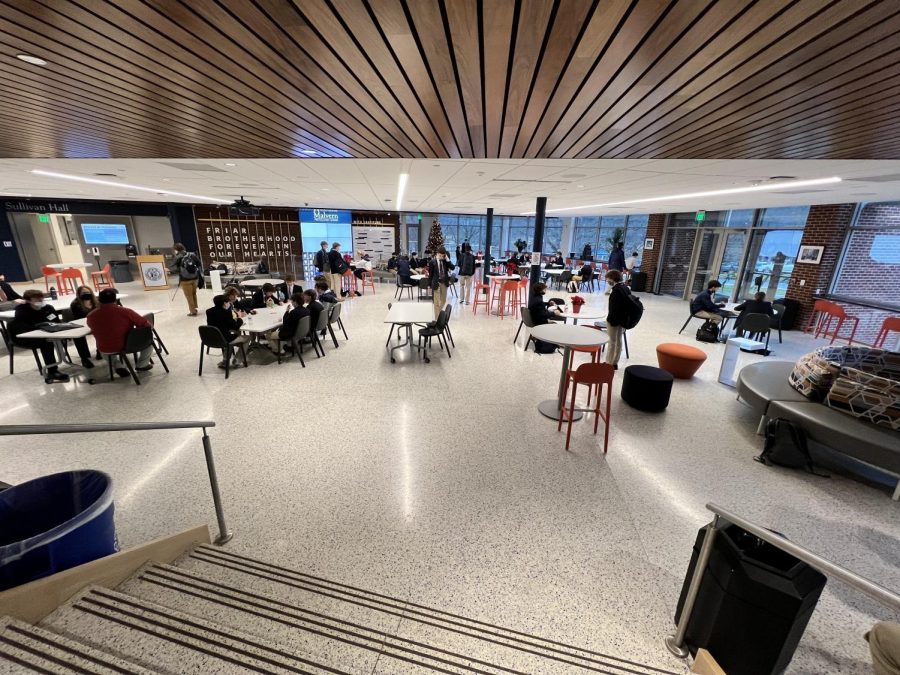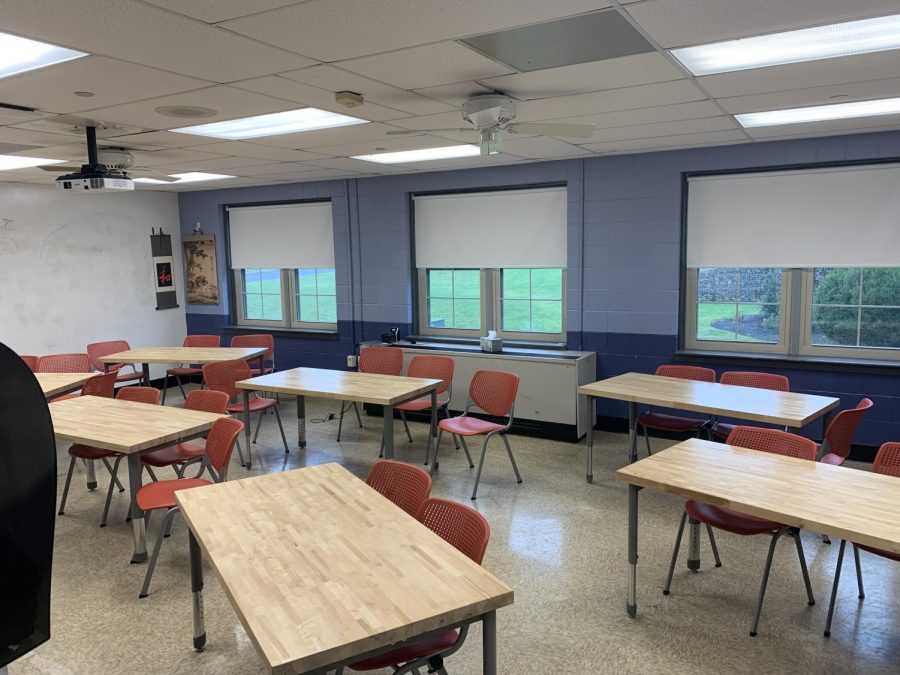Students, teachers, and administrators need to work together on future changes.
Although Malvern is a college preparatory school in name, our school differs greatly from the traditional college preparatory model, and its design process should do the same.
[perfectpullquote align=”right” cite=”” link=”” color=”” class=”” size=””]We propose creating an Academic Advisory Board with a diverse group of students of all grade levels, academic standings, and extracurricular interests to sit in on academic meetings and offer input and feedback. [/perfectpullquote]
We propose creating an Academic Advisory Board with a diverse group of students of all grade levels, academic standings, and extracurricular interests to sit in on academic meetings and offer input and feedback. The board should also sit in on future meetings dealing with other major changes. We are willing to take part in a design thinking session with administrators and teachers to design the Board.
Opponents may argue that Malvern students will not take this opportunity seriously. However, if the administration actually values the Board’s input, then students will be serious in their input.
For Malvern to truly stand out among rival schools and improve, it must fully buy into the student centered learning model. For that to happen, students should have noticeable input in designing the school.
The Editorial Board agrees that Malvern offers a strong curriculum and rigorous academics. However, Malvern also has safety nets for students so that failing is sometimes experienced along the way but rarely the end result on a report card. For example, members of the Board admit to haggling with teachers to push deadlines back and making up excuses for not completing an assignment and then turn it in later for partial or even full credit.
As students, we too often rely on these safety nets. In preparation for college and beyond, it would be better for us to rely on ourselves more in our academics and extracurriculars.
We should seek out support to do our work independently and take initiative to reach out to teachers for help. It shouldn’t be all about arriving at the right answer; the process of getting there is significantly important as well.
Students should have more control and ownership over activities and extracurriculars. Often times, faculty advisors drive extracurricular projects forward. Ideally, students should drive the process, run and schedule meetings, and outline goals.
The brotherhood extends to this idea. As brothers, we should help our classmates in any way possible but also encourage them to take full advantage of Malvern and work to maximize their potential.
It’s no secret that Malvern has tried to become more student centered. But for student centered learning to actually be effective, the students must buy into it.
While teachers are working towards improving the student experience, students feel that some changes, like the Kindon Lab and updated schedule, are made to benefit teachers rather than the students.
This is the senior class’ fourth schedule in four years. Many of the meetings to design these schedules were teacher-exclusive and students have had few opportunities to express their thoughts on the schedule changes. Our Editorial Board preferred last year’s schedule and wishes there was greater student input in those meetings.
Throughout the year, Malvern teachers and administrators met to design the upper school’s academy model for the coming years and to redesign the curriculum. So far, these teacher centered meetings seem to have occurred with limited student input.
We appreciate past efforts to include students in school decisions, such as the student advisory committee for the Head of School search. However, we feel that this did not go far enough, as the students never met with any of the finalists prior to the selection of Fr. Reilly.
Other feedback methods like surveys also do not go far enough. The only way to maximize students input is with a live Advisory Board.
Malvern students will experience the academy model and updated curriculum. We are the target users for these changes. In order to make sure that the redesigned curriculum is a definite improvement, students must be involved in the design process.
Currently, students have no formal feedback method. They can voice their opinion to teachers and administrators, but the Editorial Board feels that students are often reluctant to voice their feedback because they don’t feel their opinion will be heard.
Malvern cannot lose sight that the school exists for the students.


